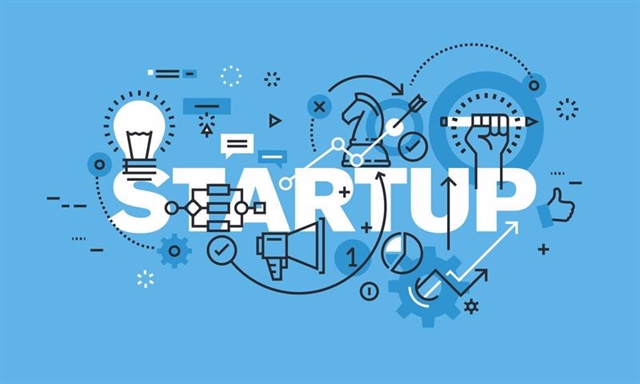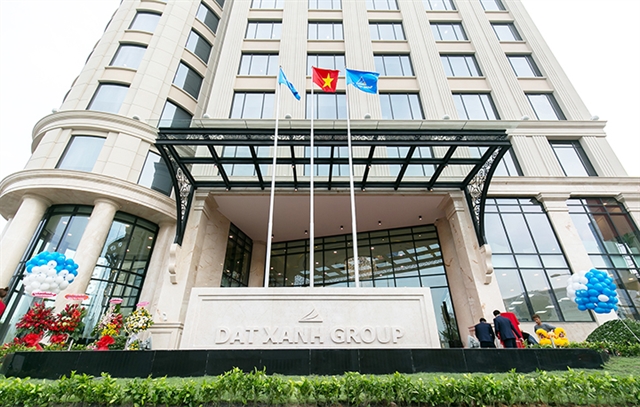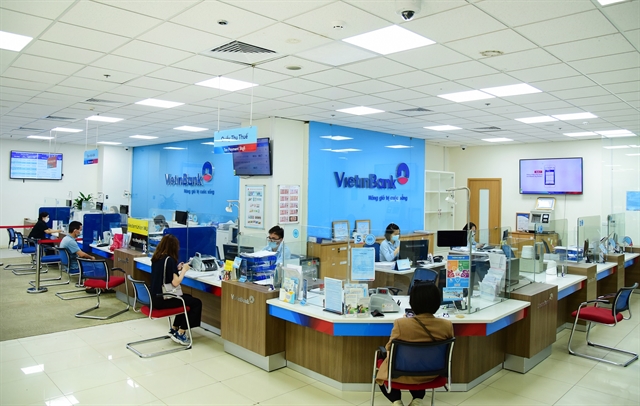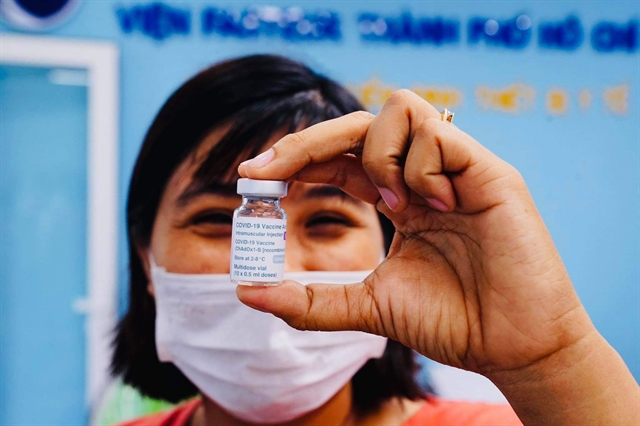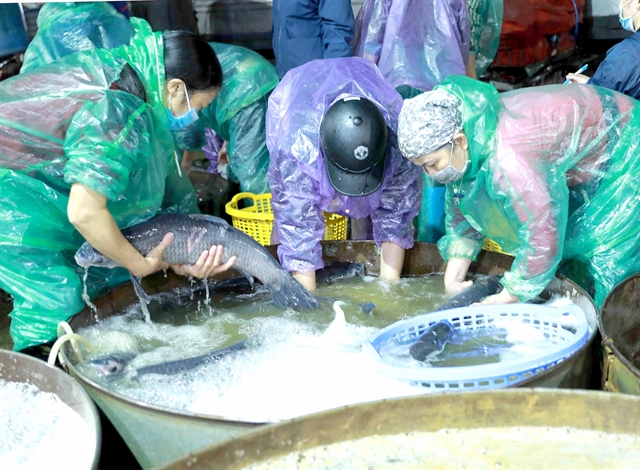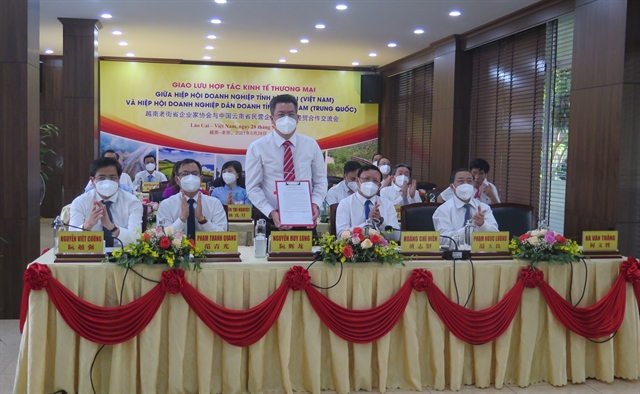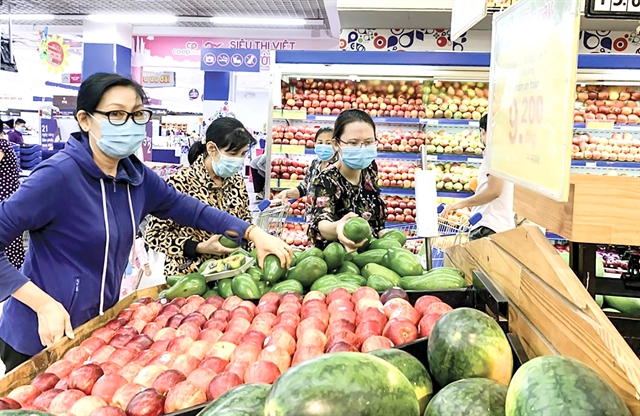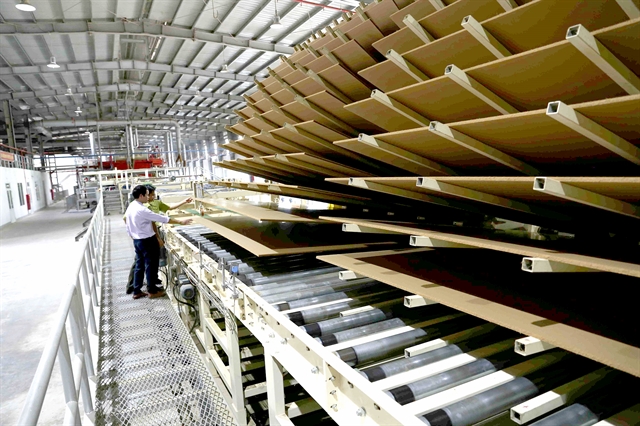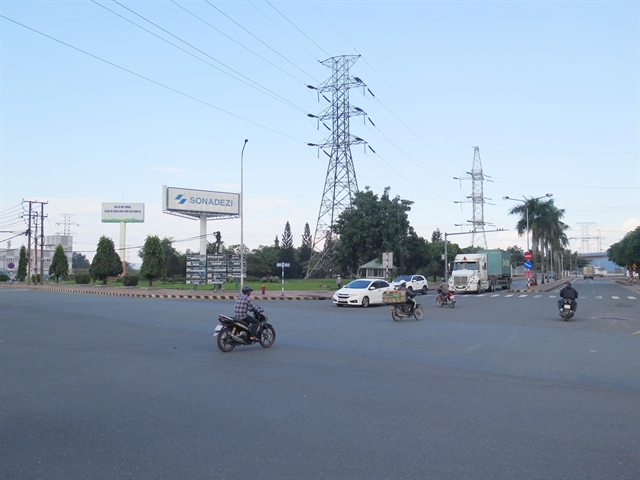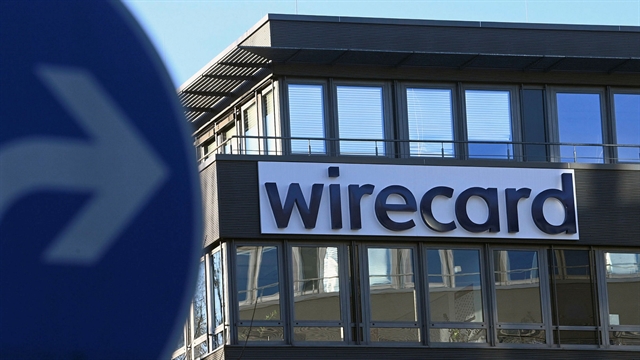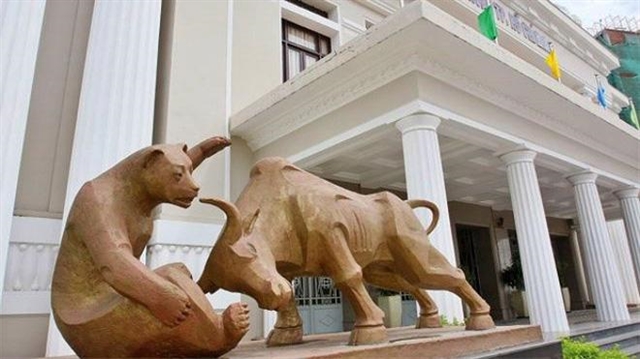- Children face a boring summer break due to COVID-19
- COVID-19 a concern in Hà Nội apartment buildings
- Health ministry reports 46th death related to COVID-19
- Tourism agency warns against ‘vaccine tours’ due to hidden costs and return-flight risks
- PM requests COVID-19 vaccine priority given to factory workers

There’s a reality that we must face – that COVID-19 never rests. Just more than two months since Việt Nam controlled the third wave, another blow hit the country and this time it has struck the lifeblood of Việt Nam’s economy – the industrial parks (IPs).
A serious infection chain has been detected in HCM City in the past few days, raising concerns that the virus will extend its reach to industrial zones in the southern provinces as some case positive for SARS-CoV-2 are working in industrial parks in the city.
The fourth wave, which began in late April, is Việt Nam’s biggest yet. The situation this time is much more serious in terms of the disease’s complexity and the impact on the economy.
About 4,100 cases have been confirmed since April 27. (The total number of cases in the third wave was just nearly 900). The complexity is shown in the high and rapid rate of infection and death, the number of localities recording infections and the capacity of authorities in tracing, isolating and controlling the virus. In addition, the new patients were infected with new COVID-19 variants of B.1.167.2 from India and B.1.1.7 from the UK, which spread very quickly.
Although many areas were hit hard by the resurgence of the pandemic including airlines, tourism, services, retail and eatery, the virus this time hit Việt Nam’s key IPs in Bắc Giang and Bắc Ninh, affecting the manufacturing and production of equipment and electronic components – Việt Nam’s key export products.
The northern province of Bắc Giang is the biggest hotspot at the moment with more than 2,000 cases, followed by Bắc Ninh Province with more than 800 cases. IPs in the two localities are home to many foreign companies which are major suppliers to famous tech giants.
Unlike previous outbreaks, this one has affected the manufacturing of at least 10 foreign brands including Canon, Toyota, Honda, Apple, Foxconn, Luxshare and Samsung as their suppliers have suspended operations. For many years, Việt Nam has attracted many technology giants such as Samsung, Apple, Sharp and LG to invest in the country, making it a power in the global electronics manufacturing map. Thus, one of the country’s top concerns at the moment is to maintain the activity of the electronics manufacturing sector.
However, industrial production is forecast to face difficulties in the next month with production in Bắc Giang, Bắc Ninh and Vĩnh Phúc expected to fall by 50 per cent due to slower operations as a result of strict disease prevention measures applied in factories. In addition, skyrocketing prices of input products such as steel, animal feed and the lack of semiconductor chips will also impact industrial production.
The problem posed for Việt Nam to achieve its dual goals – containing the pandemic and sustaining production – has become a complex challenge.
At the moment, there are two schools of thought. The first suggests Việt Nam accept the “acute pain” – that is to apply social distancing at a stricter and wider level for a short time (2-3 weeks) and then resume normal production and business activities.
This side argues it’s more challenging to contain the fourth wave so the cost of this method may be higher in the short term but the net benefit after the economy goes back to normal is bigger in the long term.
However, one problem with this option is that we cannot guarantee after a short time the virus will not return. The vaccination campaign to get herd immunity in Việt Nam can only be completed next year at the earliest. Until then, the risk of the virus resurging is still high.
In addition, halting manufacturing in industrial zones will greatly affect industrial production and export. Orders may also shift to other countries and foreign direct investment (FDI) attraction will likely slow down as experts cannot enter Việt Nam to learn about investment opportunities.
In the second argument, experts have suggested the authorities take measures to minimise adverse impacts in the sources of the outbreak while still allowing production but with strict measures on disease prevention.
This is the strategy Việt Nam is implementing. Regarding pandemic control, Vietnamese doctors and health experts have a better understanding of the virus variants, citizens also have calmer views on new outbreaks and more importantly Việt Nam’s capacity in tracing and large-scale testing has improved significantly. This is a good foundation for zoning the infection at small levels.
Of course, this option will also go with a risk – the lessons of being negligent and letting the guard down in many localities which have led to resurgences of the virus make it impossible to guarantee we can completely control and extinguish the disease. Besides, if infections expand to other localities than the 34 cities and provinces which has already recorded positive cases, it will put a huge burden on the healthcare sector, as well as other ministries and localities.
So far, the Government has been doing rather well with this strategy.
Solutions and measures to combat the pandemic have always been updated and changed to suit the developments in pandemic-affected localities. For example, authorities have permitted some companies in IPs in Bắc Giang and Bắc Ninh provinces to resume operations after these companies introduced measures to ensure safe operations.
After recording 150 infections in the last four days, HCM City decided to enforce social distancing for two weeks in five districts, starting from Monday. The authorities will also test launch mass testing with an estimated 100,000 samples per day and prioritise high-risk areas.
The Government has outlined and prepared scenarios for different levels of infections and plans for economic development, including the circumstances that the infection rate goes up to 30,000 people.
The Ministry of Planning and Investment is also calculating economic growth plans. The second-quarter GDP may not reach the adjustment level after the first quarter but we’re preparing for the worst-case to avoid it.
Difficulties and challenges are still ahead but with positive implications for the Vietnamese economy which include gradual recovery in the world economy, especially in Việt Nam’s major trading partners such as the US, EU and China, I strongly believe Việt Nam will control this wave of infection, sustain business and production activities and maintain confidence in its economy and macroeconomic stability. VNS
*Võ Trí Thành is a former vice-president of the Central Institute for Economic Management (CIEM) and a member of the National Financial and Monetary Policy Advisory Council. The holder of a doctorate in economics from the Australian National University, Thành mainly undertakes research and provides consultation on issues related to macroeconomic policies, trade liberalisation and international economic integration. Other areas of interest include institutional reforms and financial systems.

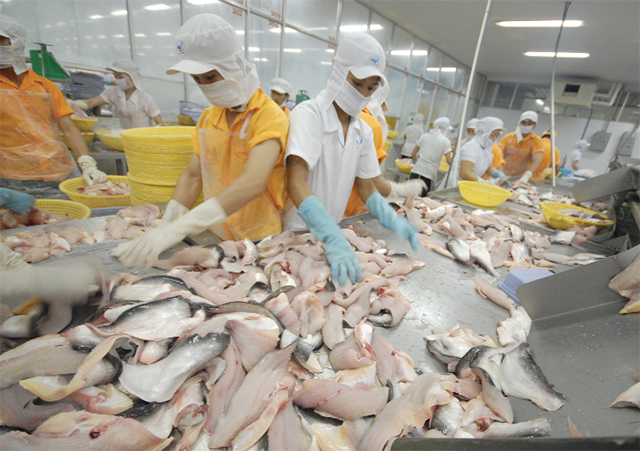
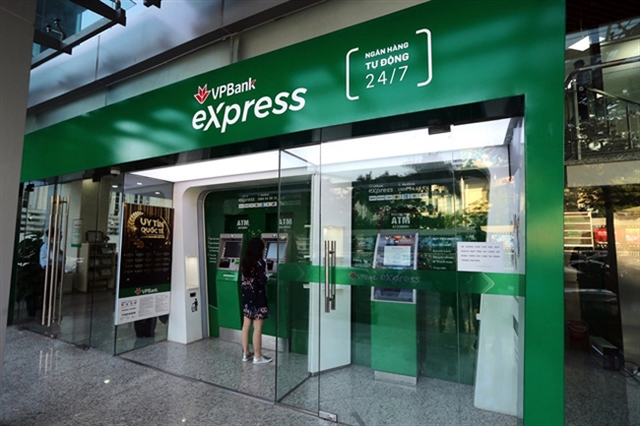
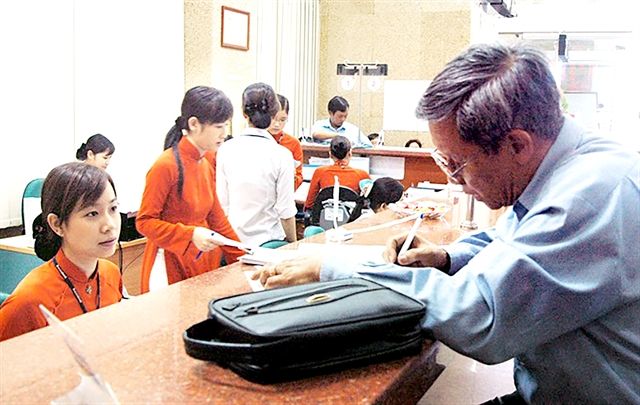

.jpg)
